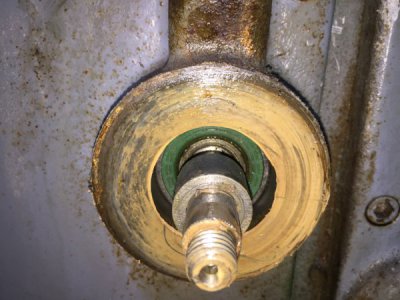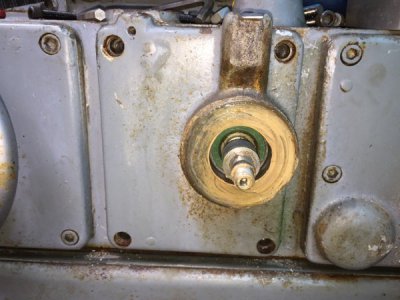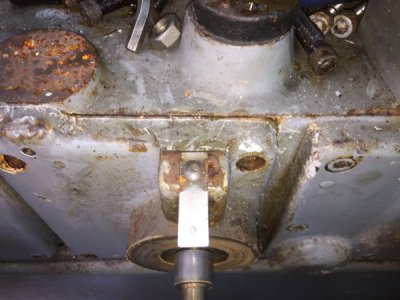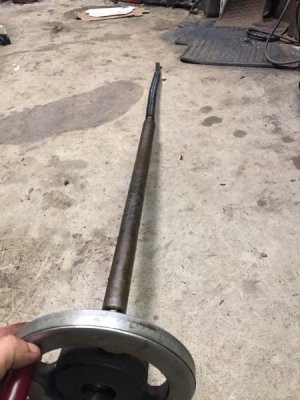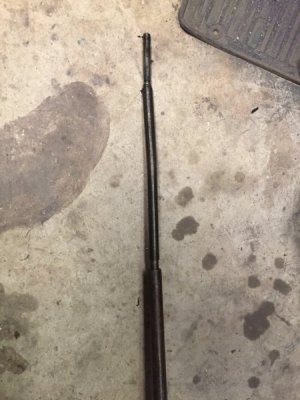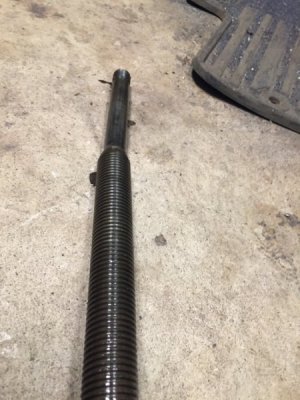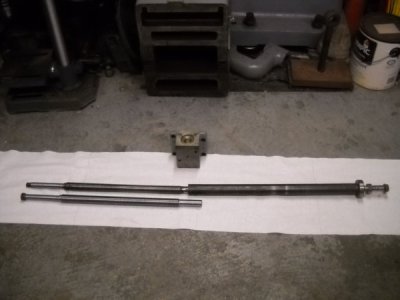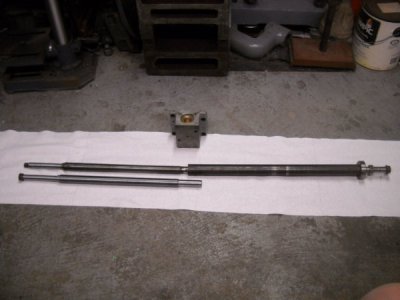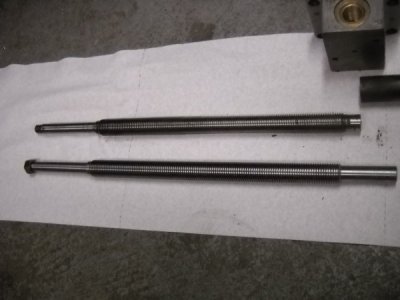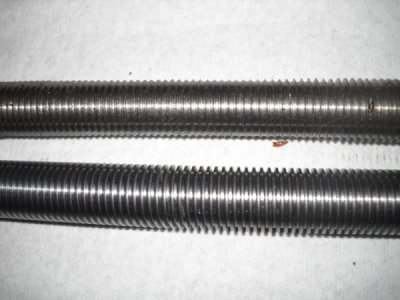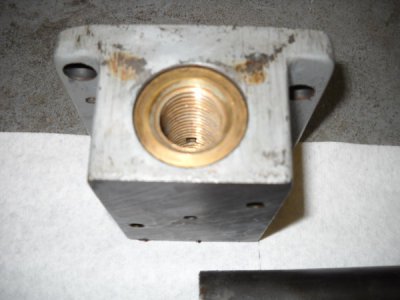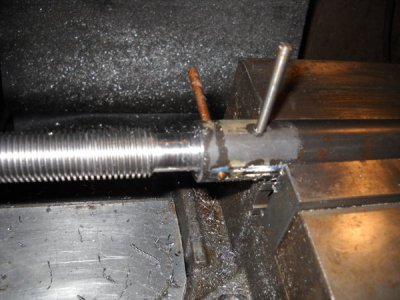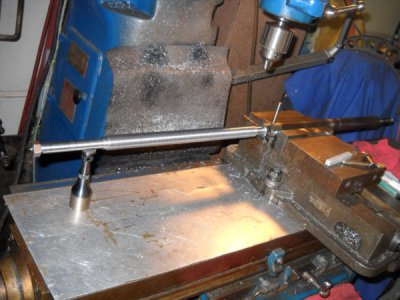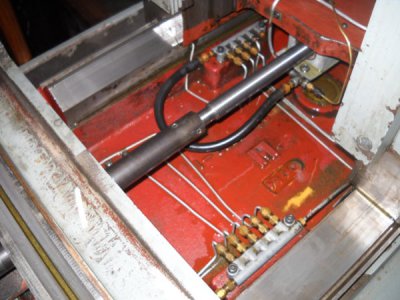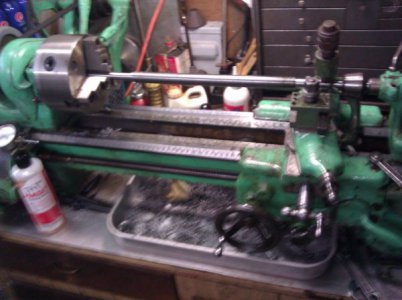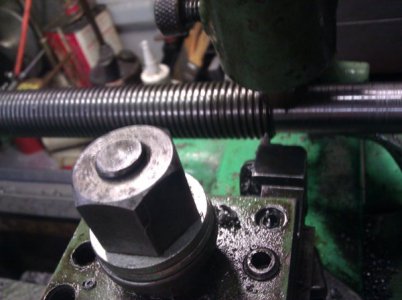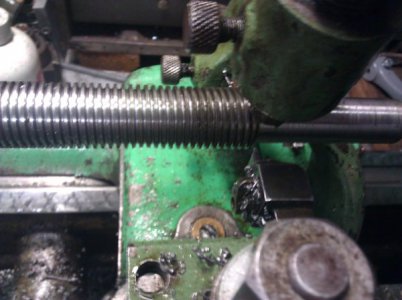4
4GSR
Forum Guest
Register Today
Your's was like mine when I bought it. Full of crud and no telling when the last time it was given a bath. Spent about a week cleaning to get it half way decent to work on. My Valuemaster has similarities to the Micromaster that I maybe able to help you a little. The hand wheel for the cross feed should come right off after removing the nut holding it in place as it looks like you have already done. May take a little gentle persuasion to get it off. Once off, there is a plate that bolts to the housing that has a bearing in it that the cross feed screw rides on. Again, this should come off with little difficulty. The crossfeed screw floats in this bearing so there should be no retaining rings or such to worry about. Once the plate is out of the way, that should leave the crossfeed screw to remove. Next, got to the back side where the bearing block is shown in your picture 4414. And it shows you have removed the nut and one of the thrust bearings, which is good. Next in picture 4416, there is a mechanical stop nut secured to the leadscrew. Remove the set screw securing this stop in place and then thread it to the end next to the bearing block. Now go back the the front of the grinder and start rotating the cross feed screw to remove. With the front bearing removed, this should make it easier to remove. Once the back end of the screw exits the bearing block remove the other thrust bearing and stop nut and continue until you have the complete screw removed.


